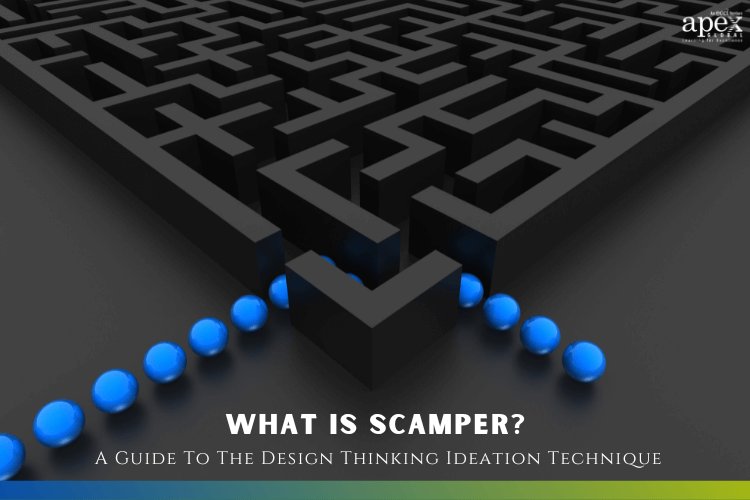In today’s business world, the ability to innovate and find creative solutions is crucial for staying ahead of the competition. And in order to keep coming up with new innovative solutions, we have to find ways to think differently and approach problems from a unique perspective.
This is where SCAMPER can help. It is a powerful design thinking ideation technique that offers business owners and their teams a valuable toolkit to overcome challenges, discover fresh opportunities, and foster a culture of innovation.
In this blog, we’re going to dive into the world of SCAMPER and explore how it can help your teams unlock their creative potential and generate game-changing ideas. So, roll up your sleeves, buckle up for a thrilling journey, and let the adventure begin.
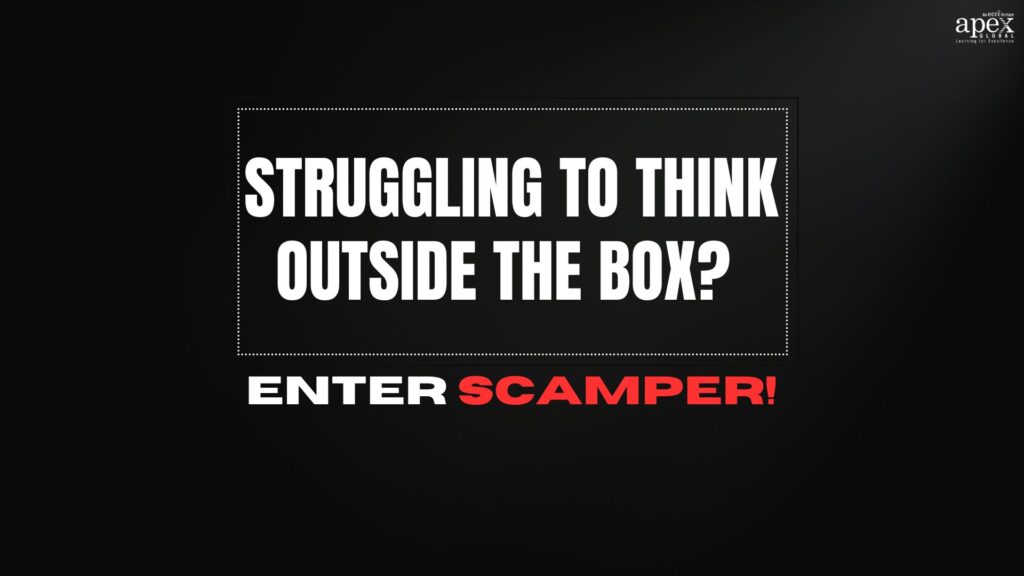
What you'll find in this article [hide]
Design thinking and ideation – An overview
Design thinking is a user-centered problem-solving approach that has gained widespread recognition for its ability to tackle complex challenges across various industries. Rooted in empathy and creative thinking, design thinking enables you to understand the needs, desires, and pain points of users so that you can come up with innovative solutions that truly resonate with the end users. Learn more about how design thinking helps in a business here.
The design thinking process typically follows five stages: Empathize, Define, Ideate, Prototype, and Test. The ideate stage is where the most innovative and transformative ideas are born.
It allows teams to break free from constraints, unleash their creativity, and brainstorm various possibilities to address the identified problem.
But, even though you have complete freedom to come up with any kind of idea during this phase, generating truly original ideas can be daunting. You may reach a stage where you struggle with idea repetition or fall back on safe, conservative solutions. This is where the SCAMPER ideation technique comes to the rescue.
What is SCAMPER?
SCAMPER is an activity-based ideation technique that enables teams to find out-of-the-box solutions during brainstorming meetings. It is based on the idea that new innovative ideas can be born by simply reimagining various aspects of an existing concept, process, or product.
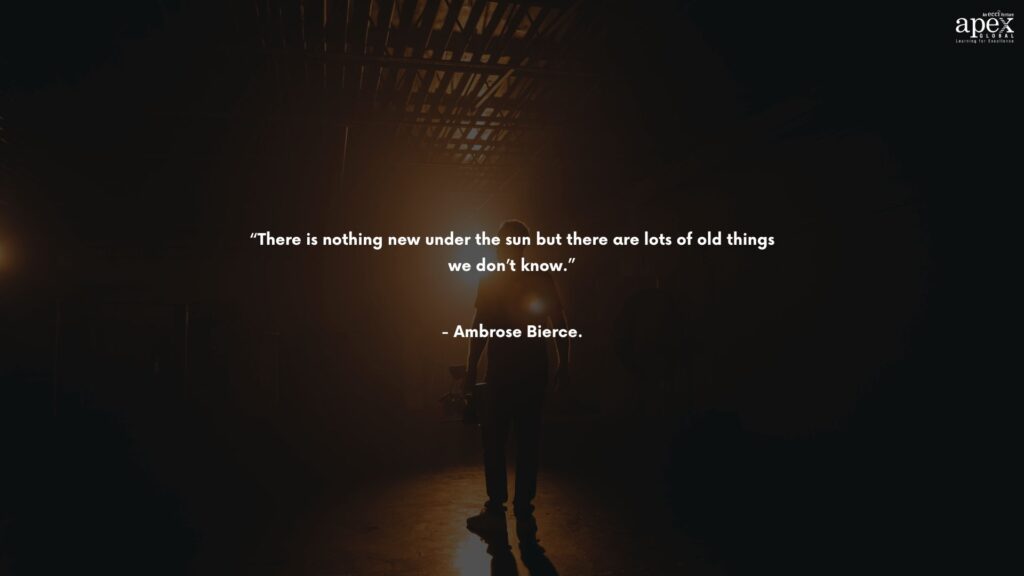
SCAMPER is an acronym that encompasses seven brainstorming techniques:
- Substitute
- Combine
- Adapt
- Modify (also called Maginfy or Minify)
- Put to another use
- Eliminate, and
- Reverse (or Rearrange)
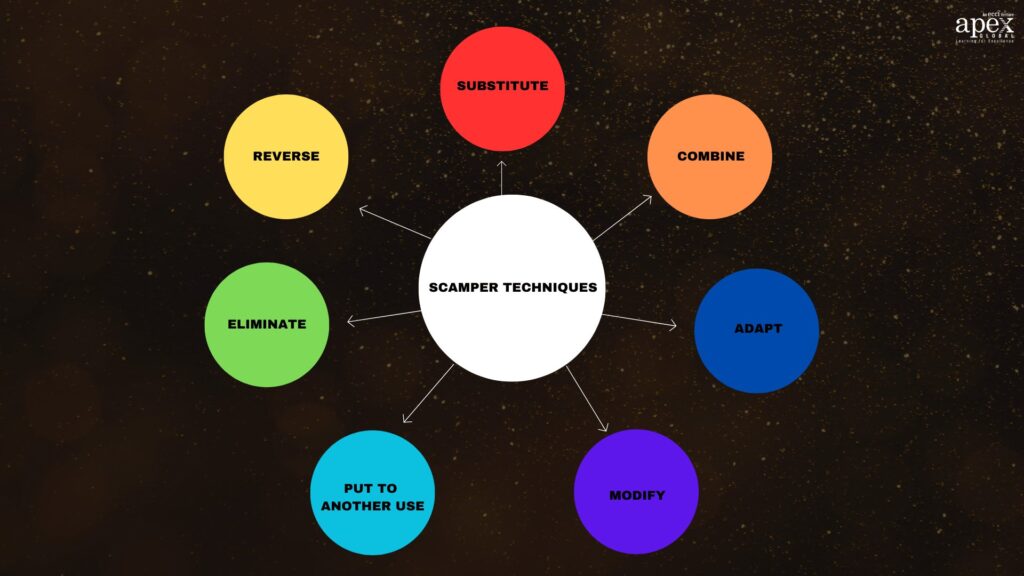
Each technique encourages a different approach to problem-solving, prompting teams to explore new perspectives and generate original ideas.
Now, let’s look at each of the seven SCAMPER techniques in more detail.
Seven techniques of SCAMPER
(i) Substitute
The substitute technique focuses on identifying elements within a product, service, or process that could be replaced with alternative options.
The main question to think about here is: “What if we replaced X with Y?”
More guiding questions:
- What are some products that are similar to this?
- What other materials could we use to achieve the same purpose?
- What have I used in the past when this product was not available?
- What can I substitute in this product to make an improvement?
- Can I change the rules?
- How might we replace the existing design with a more user-friendly one?
- Could we substitute manual processes with automation or robotics?
- What if we replaced this physical product with a digital solution or vice versa?
The goal of asking these questions is to stimulate creative thinking and consider alternatives that might not have been immediately obvious. By exploring a variety of possibilities, you can uncover fresh insights and solutions that have the potential to transform your business.
Example: The introduction of digital payment systems as alternatives to cash and physical cards is a great example of substitute technique. Mobile wallets and apps like PayPal and Gpay have substituted the need for physical currency, offering seamless and secure transactions.
(ii) Combine
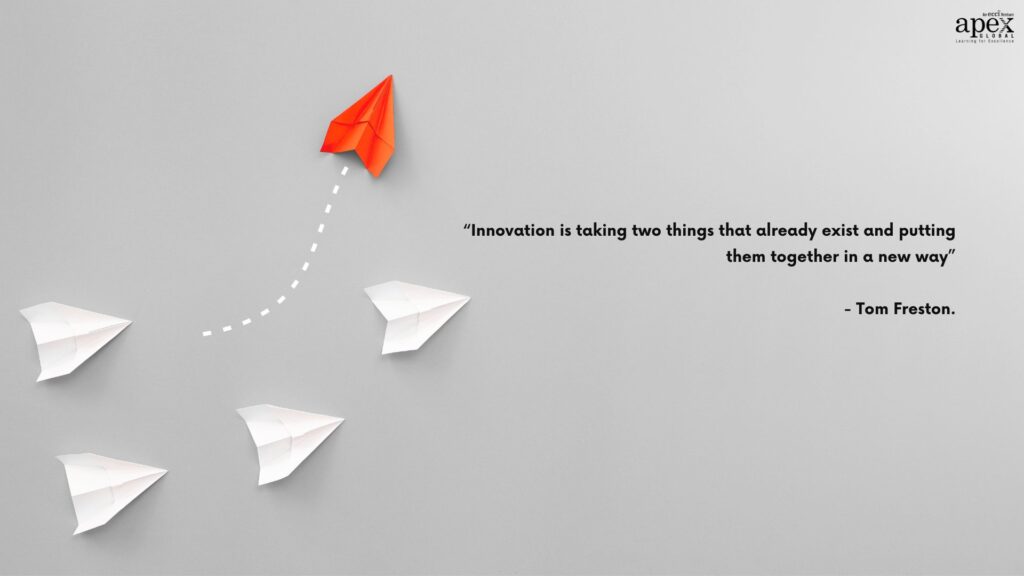
The combine technique prompts practitioners to explore the potential of merging different concepts, features, or approaches to create a unique solution. It’s like combining different ingredients to produce new flavors.
The main question to think about here is: “What if we combined X and Y?” or “What features/concepts can we combine?
By merging seemingly unrelated features, organizations can improve their products, differentiate themselves in their markets, and cater to evolving customer needs.
Some guiding questions:
- Can I merge two steps of the process?
- Can I apply two processes at the same time?
- Can we combine resources with another partner in the market?
- How might we merge features from two existing products?
- Are there complementary services we can combine to enhance customer experience?
- Are there ways to combine offline and online experiences to cater to diverse customer preferences?
- What other items do people would want to see paired with this one?
Example: The innovation of smartphones is one of the most successful examples of the combine technique. Previously, people relied on different devices for making phone calls, taking pictures, browsing the internet, and listening to music. But then smartphones were created, which made it possible to combine all these different functions into one efficient product.
(iii) Adapt
Adapt is similar to the combine technique, except it focuses more on changing one product/process into a different form in order to adapt to a particular situation.
The main question to think about here is: Which component/feature can we tweak or change in this product? Or what can we add to this product in order to get a better result?
More guiding questions::
- Can we seek inspiration from other products but in a different context?
- Could a solution to one problem be adapted to help solve a different problem?
- How can we change this product so that it can be adapted to changing lifestyles?
- How have other industries addressed similar problems, and how can we adapt their solutions to our context?
- Could we adopt customer service techniques from a different sector to improve our client interactions?
- Is this product or design still meeting customer needs?
For example, during the COVID-19 pandemic, many small retailers have started using online platforms to deliver their products. Companies like Uber Eats and Foodora have also started offering delivery services other than food to accommodate nearby retailers and pharmacies in the various countries they operate in.
(iv) Modify
The modify technique prompts businesses to critically examine individual components and consider modifying them to enhance performance, functionality, or efficiency.
The main question to think about here is: What can I modify/change in X? (for example, change the shape, size, color, or other characteristics), or How can modify this part in X?
More guiding questions:
- What can I magnify or make larger?
- What can I tone down or reduce?
- What would happen if this product’s size is increased to double its current size?
- How can I add extra value to this product?
- If customers aren’t buying large quantities of an item, can selling it in sachets improve sales?
- Could we grow the target group?
- Are there ways to enhance the aesthetics of this design to make it more visually appealing?
Examples: Sunglasses reduced in size for small children; Kellog’s Frosted Wheat became Frosted Mini-Wheats.
(v) Put to another use
This technique encourages you to reimagine the application of existing products, services, or concepts. Just take a product and ask yourself, “How else could I use this?”. You may be able to come up with a lot of exciting ideas. For example, using a soda can for a pencil holder or an umbrella for a cane.
By repurposing existing elements in new and imaginative ways, businesses can unlock untapped potential and open doors to new markets.
Some guiding questions to help you:
- What else can it be used for?
- Who or what else may be able to use it?
- How would a child use it? Or an elder person?
- How would people with different disabilities use it?
- Can we recycle the waste from this product to make something new?
- Can the product be put to use in another industry?
- How can this product be used in a way that is different from its original intent?
- Have I used this product for anything other than its intended purpose before?
- Can I use it differently if I turn it upside down or backward?
- Can I use this product to make noise, to reach something high, or to store something?
Example: The popular footwear company Adidas started producing shoes made of recycled ocean waste in 2015.
(vi) Eliminate
This technique encourages you to think of what might happen if you were to eliminate or minimize parts of your product/idea.
The main question to think about here is: What can I eliminate or remove from this product?
By removing non-essential or redundant components, you can enhance efficiency, reduce complexity, and create a more focused and impactful solution.
More guiding questions:
- What would happen if I removed this component or part of this product?
- What’s unnecessary in this product?
- Which components of our product or process are less frequently used or have become obsolete?
- What if we had to work with half the resources?
- How can I simplify this process?
- Can eliminating extra packaging save costs?
- Can eliminating a process be helpful in speeding up production and making work less hectic for workers?
- Can I split this product into different parts?
Example: Bluetooth earphones eliminated the wire component of traditional wire earphones in order to make the product more user-friendly.
(vii) Reverse
The reverse technique prompts businesses to break free from ingrained thinking patterns and explore the innovative potential by changing the order of a process or rearranging the parts of a product.
The main question to think about here is: What can I rearrange or reverse in X?
Reversing or rearranging can help make something better, more adaptable, or more interesting. By adopting this approach, organizations can unveil new dimensions, reveal hidden opportunities, and inspire unconventional approaches that can lead to innovative breakthroughs.
Some guiding questions:
- What if I try to do the exact opposite of what I am doing now?
- What roles could we reverse or swap?
- How could you reorganize this product?
- Can we rearrange the menus in this interface to make it more user-friendly?
- Can reversing the order of a daily exercise routine make it less boring and fun?
- How would our solution look or function if we approached it from the opposite direction or standpoint?
- What if we reversed our perspective and looked at the problem as if it were an opportunity instead of a challenge?
Example: Airbnb’s concept of allowing individuals to rent out their homes or rooms to travelers is a reversal of the concept of the traditional hospitality industry, where travelers stay in hotels.
How to use SCAMPER?
To start using SCAMPER, you simply take your existing product/service/process and go down the above list, and ask questions regarding each element.
The answers you get will probably be diverse and will include a lot of ideas that are not viable or even are crazy & silly. That’s okay and is actually good! As Albert Einstein said, “If at first the idea is not absurd, then there is no hope for it.”
So, allow your imagination to run freely and explore unconventional possibilities. Often, the most extraordinary ideas emerge when you break free from the confines of traditional thinking and embrace creativity.
Then, once you have a list of new ideas to choose from, take the ones that seem practical or feasible and start the process of refining, developing prototypes, and testing them in real-world scenarios to bring them to life.
Final words
And that’s a wrap! We hope you learned everything you wanted to know about SCAMPER in this blog post.
You can use SCAMPER for product development, process improvement, marketing strategies, HR challenges, or just about any other issue you may be facing. Try SCAMPER’ing your way through your next project, and witness the magic of creativity unfold!
Want to dive deeper into the world of creative problem-solving and design thinking? If you’re eager to harness the full potential of techniques like SCAMPER and embark on a transformative journey of innovation, our “Design Thinking Practitioner” course is your gateway. Explore design thinking in detail, master the art of ideation, and learn how to apply powerful tools like SCAMPER to solve complex challenges creatively. Enroll today and let our training empower you to reimagine the way you approach problems, help you unlock innovation, and drive impactful change.
Have any questions? Reach out to us today at training@apexgloballearning.com. We’d love to hear from you!

